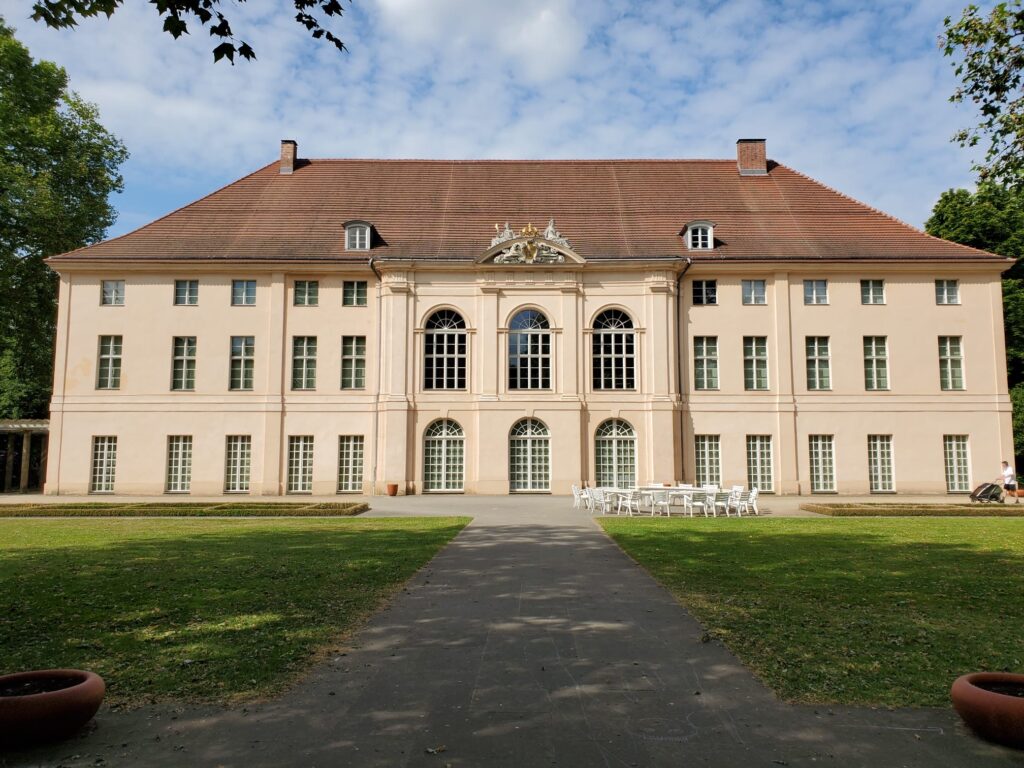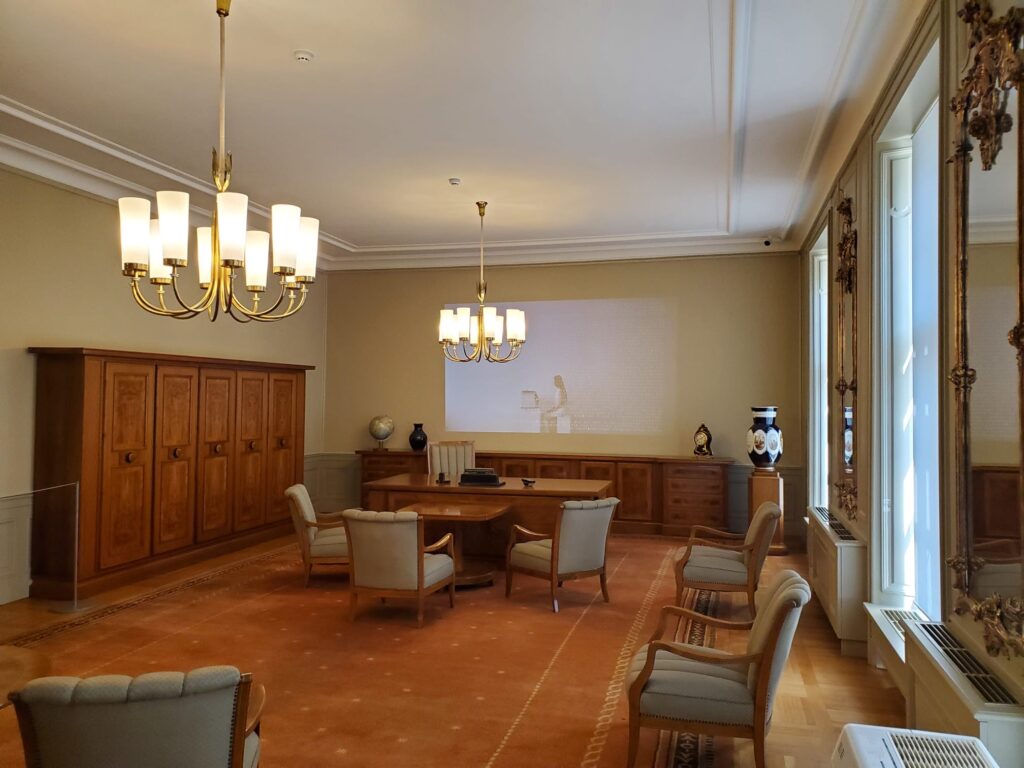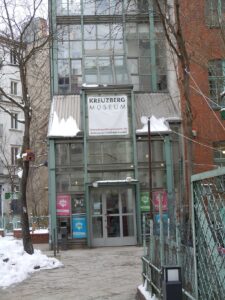Why Schönhausen Palace Deserves a Visit Despite Some Mediocre Ratings
Can you REALLY trust Google reviews when you travel, especially if you’re traveling to see historical sites?
This question is much deeper than offering us an opportunity to complain about modern technology and wonder about the extent to which reviews really are genuine. Many people will plan their sightseeing based on the reviews, and often just glance at the most recent few to come to a decision. This might work reasonably well when picking a restaurant or making sure a hotel is decent enough. But when it comes to picking places to see, it often comes up short.
This point was hammered home recently when I looked up the Schönhausen Palace in the Pankow district of Berlin to see what people had written. The palace, which was originally built in 1664 as a manor house for the Brandenburg nobleman Johann Ernst von Görzke before being rebuilt in the next century, is not on the top of any list of Berlin sites. And this seemed strange, given the building’s fascinating history, especially in the turbulent 20th century.

A quick glance at the online reviews showed that although people generally liked the place, few recommended a trek out of the city center to see it, especially if you’re on limited time. The furniture and the exhibits were interesting, but nothing special compared to other palaces in and around Berlin, never mind the rest of Europe. In short, people deemed it a place worth popping into if you happened to be in the area and wanted to kill a couple of hours. A good place for locals and expats perhaps, but nothing more.

But, if you were to take these reviews at face value, you’d be missing out on a wonderfully evocative Berlin site, and one well worth visiting, not least because you’ll not only gain a gripping insight into Berlin’s unique character but you’ll also avoid the crowds.
So, what is this place?
Early History of Schönhausen Palace
The earliest history is indeed likely to interest mainly specialists. In 1691, the palace was purchased by Frederick III, Elector of Brandenburg, who would later become King Frederick I of Prussia. The manor house was then transformed into a Baroque palace by the renowned architect Johann Arnold Nering.
The Reign of Frederick the Great
Its first claim to real fame happened in the reign of Frederick the Great in the middle of the 18th century. This king, one of Berlin’s most important rulers before 1870. In 1740, the king gave Schönhausen to his wife, Queen Elisabeth Christine. She spent a significant part of her life there, and the palace became a center of court life and culture during her reign, especially as the king was often away on one military campaign or other, and in his absence Schönhausen effectively WAS royal life in the capital. The palace’s interiors were lavishly decorated, and the restored remains of this form a big part of today’s exhibitions. This is what the reviews were commenting on.
Schönhausen in the Nazi Era
The palace’s story really takes off in the years after the Nazi seizure of power. Schönhausen had fallen into a state of benign neglect, allowing the National Socialists to use it as one of the storage facilities for the so-called «degenerate art,» which was modern art that the Nazis felt contradicted their narratives for what Germany had to be. The venue was even used briefly as an exhibition space for some of this art, to showcase its alleged degeneracy and hold it up for official mockery.
Schönhausen as the DDR’s Power Center
Schönhausen Palace, due to not being in the city center, was largely spared the destruction of the war. Due to this fact, the former royal residence was catapulted into the spotlight and found itself at the center of world politics.
When the communist East German state, the DDR, was founded the palace was crowned at the official residence of Wilhelm Pieck, the first and only President of the DDR. As such, Schönhausen hosted numerous state visits and official events during this period, with the palace playing host to a veritable Who’s Who of the great and the good of the communist world, post-1945. Walter Ulbrich, under whom the Berlin Wall was erected, had his office here after he assumed the functions, if not the title, of President. In short, Schönhausen was the beating heart of the DDR regime, a highly guarded center of power.
Post-DDR Use and Restoration
After the early 60s, the party members moved out of the neighborhood to an even more remote location in a forest outside the capital. Schönhausen didn’t lose its importance, however, as it became the state’s premier guest accommodation for visiting heads of friendly states. The Soviet Union’s leaders all stayed here, from Khrushchev to Brezhnev to Gorbachev. Cuba’s Castro was here, as were the leaders of Communist Poland, Czechoslovakia and Romania.
When the DDR fell, the palace assumed the role of historic landmark and was restored to reflect the different roles it played over its life. And this is where the museum shines and is worth a visit. The downstairs rooms preserve and present the earlier history of the palace, while upstairs you can visit the offices of Pieck and Ulbrich and still get a sense of the power that once emanated from these rooms. The exhibit is very nicely done, with «then and now» pictures, accompanied by written descriptions in both German and English. An audio guide rounds out the visit.
Not among «top 5 sites», but still worthwile to visit: Schönhausen Palace
So if you’re in the mood to look beyond the predictable «top 5 sites» lists and see something that few visitors to Berlin see, then do yourself a favor and visit Schönhausen Palace. You’ll find yourself transported into the atmosphere of the Cold War, and the fact that the place is little visited simply drives that feeling of time travel more firmly home. For anyone interested in the history of the 20th century, a trip out to Pankow to walk the deserted halls and rooms of the former power center of 20th century Europe’s most contentious states is a gift you must give yourself.
And if you’re lucky enough to visit in winter, the stillness of rooms with the snow falling gently outside the windows will leave lasting impressions.
Don’t always trust the reviews, sometimes the best thing you can do is take yourself to places that were important in history, and let the mood of the place do the rest. It might very well form one of your most lasting memories of the city.
Address:
Tschaikowskistrasse,
13156 Berlin
Web Address:
Schönhausen Palace –
Opening Hours:
- Tuesday to Sunday: 10:00 AM – 5:30 PM
- Public Holidays: 11:00 AM – 4:00 PM
Public Transport: You can reach Schönhausen Palace by taking the S-Bahn lines S2 or S8 to the Pankow station. From there, it’s a short walk to the palace2.




